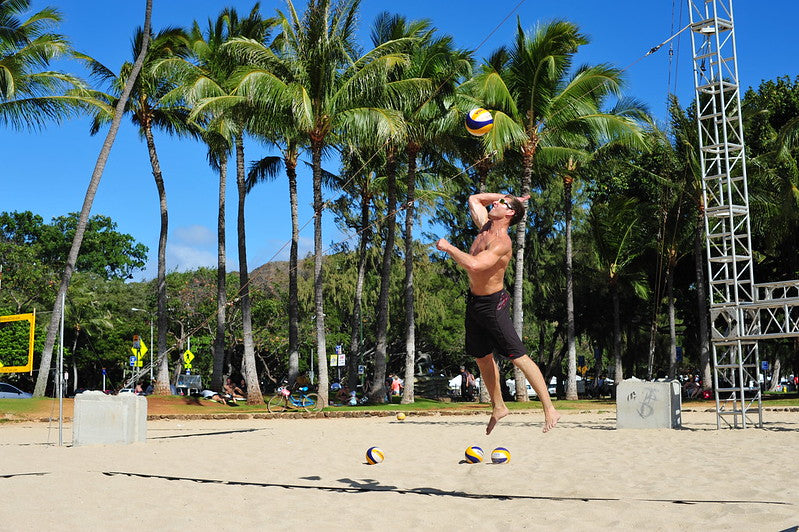The jump serve is a type of serve in volleyball in which the serving player increases power and serve height by jumping to hit the ball. The extra motion created by a jump serve allows the server to put more power on the ball, which can make the serve very difficult for the receiving team to handle. The jump serve is undoubtedly one of the most spectacular elements of volleyball; we could say that it has been the last great revolution in modern volleyball.
It started with an 'all or nothing' action, but it evolved into an integral part of the game.
In volleyball, there are three main types of serves. The jump serves one of the most popular and widely used. Because it adds power and height to a serve attempt, the jump serve can be an extremely effective type of serve. The jump serve, on the other hand, can be difficult to master because there are several steps that must be taken in order to perform a proper jump serve.
First and foremost, when attempting a jump serve, it is critical to begin several feet behind the end line. Once properly positioned, take the following steps:
- Place the ball in your left hand.
- Toss the ball high and a few feet ahead of you.
- Swing both arms behind you and then forward and up while stepping forward with the left foot and then a quick hop for a shortened attack approach.
- Jump up and forward, taking off behind the finish line.
- Jump after making contact with the ball at the top of your reach.
- Strike the ball with your palm toward the top of the back and follow through with your arm swing, aiming outward and downward to create topspin.
What is an Underserve in Volleyball?
A type of service in which the player holds the ball in one hand swings the other in an arc below the waist, and strikes the ball with a fist from the bottom to put it in play. In an underhand serve, the player does not toss the ball up in the air like other serve attempts. The server instead grips the ball and strikes it with a closed fist below the waist.
Because underhand serves are frequently easier to receive and hit than other serve styles, they are rarely used in high-level volleyball competitions. An underhand serve does not have the same power as an overhand or jump serve, and it is not always as accurate. Although the service is technically legal in high-level competition, it is rarely used.
Underhand serves are commonly used in youth leagues and when players are first learning how to play the game because they are relatively easy to complete and return.
How To Receive in Volleyball
This is the technique used by the player to direct the ball to the team setter with their forearms.
Passers must accurately pass the ball to a setter to receive.
Therefore, "Receive in Volleyball" means whereby the players are required to remain in their rotation home before the service until the server contacts the ball. This requires teams to create serve receive formations to account for this rule and still put players in the best possible place to play the serve and run an offense. Specific details for serve receive formations are described in a subsequent section.

